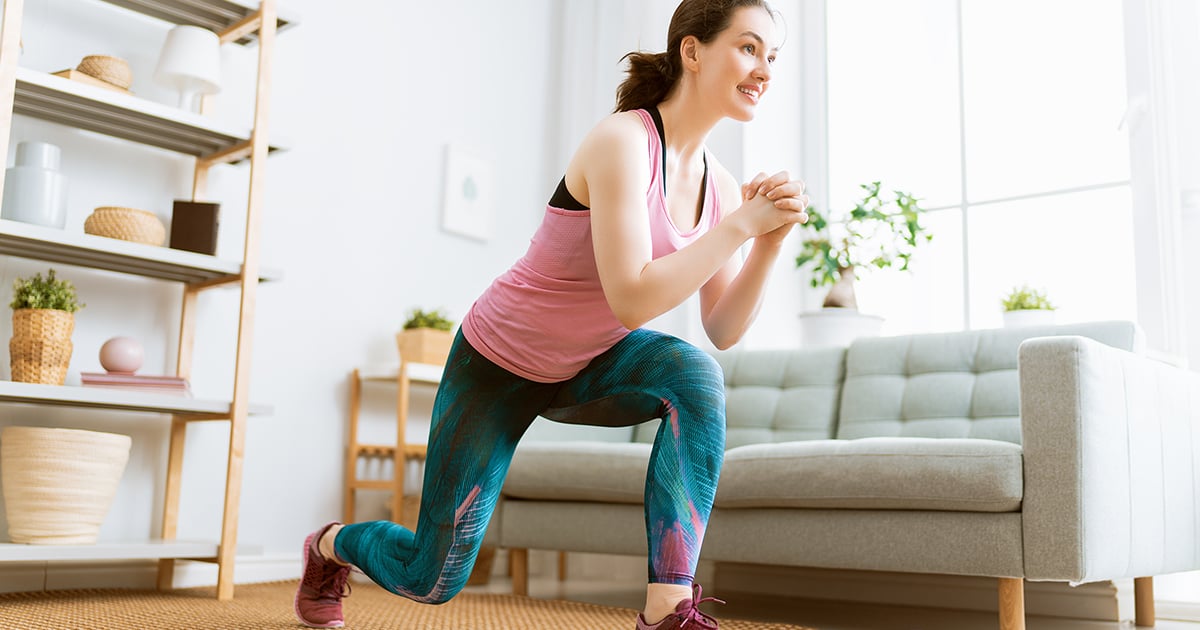
Summer is winding down, but that doesn’t mean we have to fall short on our fitness goals.
In the early days of the pandemic, home gym equipment such as kettle bells and stationary bikes flew off the shelves nearly as quickly as toilet paper and baker’s yeast.
More than a year in, home gym equipment is a little easier to find. But if you’re still working from home, not to mention all that home cooking, who has room for a permanent home gym?
Recently, we came across a solution we’ve fallen in love with. You don’t need any special equipment, and it’s short enough that you can do it whenever you have a few minutes to spare.
The concept is known as high-intensity circuit training using body weight, and it was made famous at the Human Performance Institute in Orlando, Fla., by Brett Kilka and Chris Jordan. Their research was first published in 2013 in ACSM’s Health & Fitness Journal.
Since then, the concept skyrocketed in popularity and came to be known as the 7-minute Workout. Updated versions such as the 7-minute Standing Workout are still making headlines.
For the traditional version, all you need is a chair, a wall, and your own body weight. When you’re ready, complete each of the following, in order, for about 30 seconds each. Plan a short 5-15 second rest between exercises.
- Jumping jacks
- Wall sit
- Push-up
- Abdominal crunch
- Step-up onto chair
- Squat
- Triceps dip on chair
- Plank
- High knees/running in place
- Lunge
- Push-up and rotation
- Side plank
The workout should be tough—about an 8 on a scale of 1 to 10, if 10 is the hardest exercise you could possibly do. It should also hit all major muscle groups—upper body, lower body, and core—and should drastically increase your heart rate.
The workout may be pretty uncomfortable, but you can do anything for seven minutes! Benefits may include loss of excess weight and body fat, improved heart health, and a decrease in diabetes risk factors. If you still have energy to burn after the first round, go ahead and add a few more 7-minute circuits until you're tuckered out.
“Individuals who previously believed that they did not have the time for exercise can now trade total exercise time for total exercise effort and get similar or better health and fitness benefits,” the authors wrote, calling the program “a viable option for the masses.”
As with all workouts, you should check with your doctor before starting a new program, and you should adjust for your own fitness level.
Soon, the pandemic will be a distant memory, and it will once again be possible to join a gym and work out in the company of heavily panting strangers. Until then (and even if you never go back) we wish you happiness and health for all your high-intensity home workouts!


